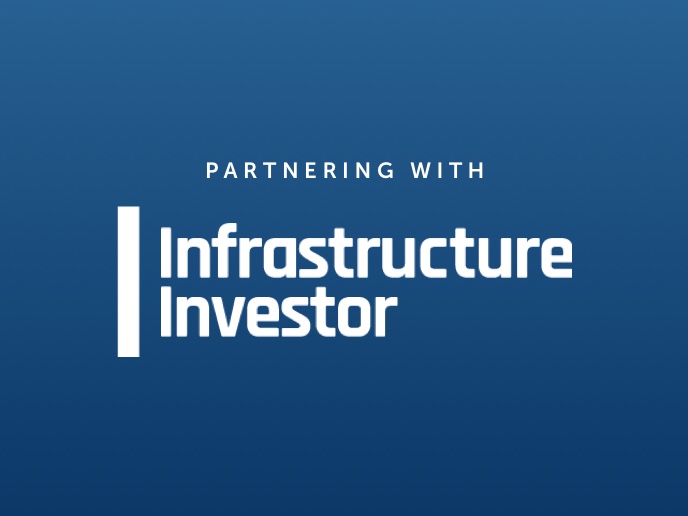North American Private Credit: Expectations vs. Reality
COVID-19 and the fallout from the prolonged global shutdown certainly brought challenges to private credit, from companies running into liquidity issues to managers needing to raise dilutive capital. But looking back over the past year, there have also been positive surprises as the crisis has played out in North America. Most notably, activity levels especially in the third and fourth quarter of 2020 surpassed what most market participants would likely have thought possible for a market that was operating almost entirely in a virtual setting. Indeed, given how important relationships are to transacting in this space, there was a view at the onset of the crisis that activity would stall and it would be challenging to get deals done. But it’s been quite the opposite. Whether it’s sponsors, management teams or lenders, everyone seems to have figured out a way to navigate this period of physical separation.
This crisis has also been much more targeted than past recessions, when nearly all businesses and industries were affected. This time around, consumer-facing businesses, particularly fad industries like restaurants and retail, as well as cyclicals like oil, gas and mining—areas where we do not invest—have been disproportionately impacted. As follows, lenders with exposure to these industries have had to spend more effort dealing with trouble spots in their portfolio, whereas lenders with less or no exposure have been able to concentrate on deploying capital and taking advantage of attractive post-COVID deal terms.
Boring is (Still) Beautiful
Indeed, the North American private credit market looks fairly healthy today, with many transactions exhibiting decreased leverage levels, stronger documentation and improvements in pricing versus what we were seeing immediately preceding the crises. The spread dynamic has also improved, with spreads widening by roughly 50 to 100 basis points (bps) depending on the type of business (FIGURE 1). As we look across the market, we continue to see the most attractive value in what we consider the traditional or true middle market—companies with EBITDA between $15 and $50 million.
Within this space, we see particular value in the more conservative parts of the capital structure, namely first lien senior debt, which has been relatively insulated from some of the riskier behavior that characterized the space leading up to the crisis. For lenders with the ability and willingness to meet the financing needs of middle market companies, these ‘boring is beautiful’ type businesses, in our view, have the potential to offer attractive value and strong risk-adjusted returns over time.
The asset class as a whole appears to be well-positioned in the event that interest rates rise further from here. With most middle market loans structured as floating-rate instruments, typically with LIBOR floors, there is built-in protection against duration risk. As a result, regardless of whether rates rise or fall, all-in yields for the asset class tend to stay in a fairly steady range—although the components can shift between the spread from LIBOR and the credit spread based on market conditions. The ability to capture an illiquidity premium in a senior secured asset class with limited interest rate risk partly explains the continued growth in wallet share the asset class has seen with institutional investors over the last decade plus. We do not currently see anything on the horizon that is likely to disrupt this trend. With a majority of global sovereign debt still trading below 2%, an investment in senior debt that has historically offered yields in the 6-8% range looks fairly compelling.
FIGURE 1: ALL-IN SENIOR INVESTMENT SPREADS

Source: Barings; Refinitiv LPC. As of September 30, 2020.
What’s Next?
We are optimistic that activity levels in North America will remain elevated—particularly given expectations around leveraged buyouts on the back of the capital infusions we’ve seen over the last year. In the U.S. specifically, the
middle market is core to the economy, representing more than 200,000 companies that collectively employ millions of Americans. Given their limited ability to directly access liquid capital markets, most of these companies rely on private lending as a means of raising capital. Therefore, even with the potential for headwinds going forward, we feel confident that there will continue to be opportunities to invest in high-quality companies.
Interestingly, in the North American middle market, we haven’t seen many distressed opportunities emerge to date. That doesn’t mean they don’t exist. In an opaque asset class like private credit, managers can often attempt to deal with impaired credits over a period of months or years—and it may not be apparent to the outside investor. As such, it is critical for investors to closely examine their managers to see if there are any pain points in the portfolio. This means drilling down into deal level statistics, valuation policies and other factors to try and gauge the durability of the platform and ensure there is an alignment of interests.
It all comes down to discipline, ultimately, and ensuring managers have deployed capital in a prudent and efficient way while avoiding significant style drift. While a conservative, through-the-cycle approach may not make for exciting headlines, it can make for attractive returns over the long term. And despite periods of economic volatility like we’ve witnessed recently, we think it’s important for investors to stay focused on the tried-and-tested methods of disciplined credit underwriting, diversification and optimizing for long-term risk-adjusted returns.
This piece was adapted from a recent podcast. Listen to the full recording here.




